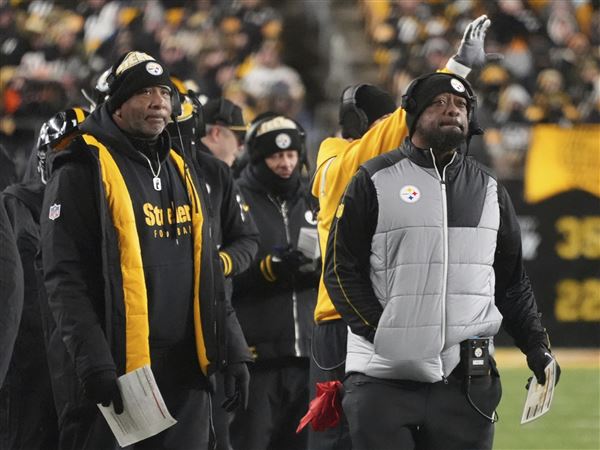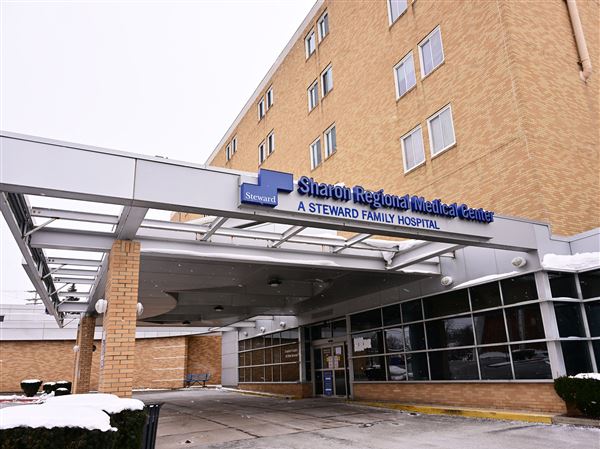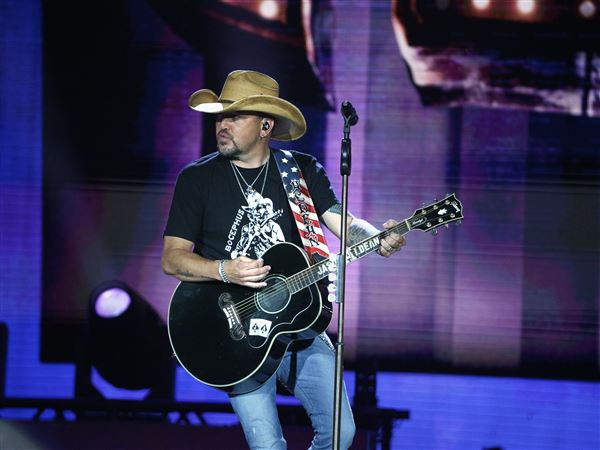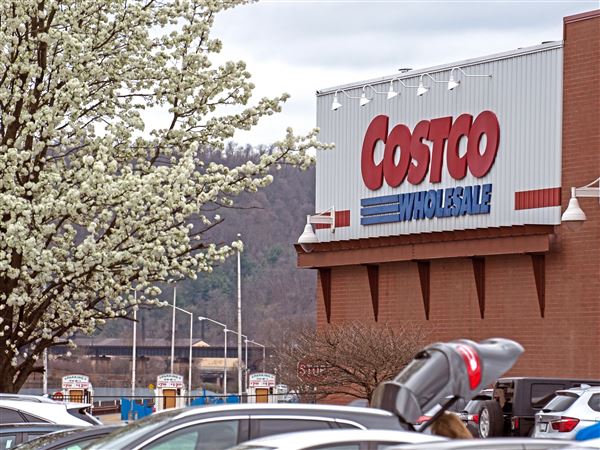Hurricane season is fast approaching, which could create big problems for patches of the insurance industry, but the sector as a whole is going into the 2006 storm season riding a wave of tidy profits.
Thanks partly to income from a host of business lines that have nothing to do with storms, industry profits rose sharply in the first quarter after hitting a record in 2005. Among 53 property-and-casualty insurers tracked by Dow Jones & Co., the parent of The Wall Street Journal, net income rose 31 percent in the first quarter to $6.7 billion. That included a 26 percent profit increase for Allstate Corp., the giant of the group, which suffered a $1.55 billion hurricane-related loss in last year's third quarter.
Profits also grew at full-line insurers that provide a wide range of coverage. At Hartford Financial Services Group Inc., for example, profits were up 9 percent in the first quarter from a year earlier, to $728 million.
American International Group Inc., the last of the big publicly traded insurers to report for the quarter, said Wednesday that first-quarter net income fell 16 percent to $3.2 billion, in part due to $115 million in one-time charges relating to executive compensation. But the company shows signs of stabilizing after an accounting scandal last year that led to the departure of former Chief Executive Maurice R. "Hank" Greenberg and a $1.64 billion regulatory settlement. In the first quarter, operating income from its general-insurance business increased 42 percent to $2.3 billion.
Investors have rewarded insurers amply. In the past 12 months, share prices of property-and-casualty insurers are up more than 14 percent, and they're up 25 percent in two years. Among insurers more broadly, including life insurers and other industry players, share prices are up more than 17 percent in the past year.
"It's definitely good times in the property-casualty industry," said Donald Light, an analyst with Celent LLC.
It all might seem a little odd, considering the devastation that hit places like Florida, Louisiana and Mississippi last year and that threatens to hit again when hurricane season begins June 1.
Some of the latest profit wave comes from other businesses -- like automobile or product-liability insurance. It also reflects broad changes that have been sweeping through the sector for more than a decade. Since Hurricane Andrew struck in 1992, insurers have insulated themselves by raising prices, creating new deductibles, scaling back in some high-risk areas and shifting increasing amounts of risk to other insurers -- many of them offshore -- through a practice known as reinsurance.
The net result: Catastrophes don't hurt sellers of homeowners' insurance as much as they used to.
"The risk/reward equation has improved in favor of the insurers," said David Honold, an analyst who tracks financial services for Turner Investment Partners Inc., an investment-management firm in Berwyn, Pa. In hurricane-prone parts of the country, he says, "consumers are bearing higher insurance costs."
Another sign of that financial muscle: Last year, the industry surplus -- a measure of its financial cushion that reflects the amount by which its assets exceed its liabilities -- expanded to $427 billion, 45 percent higher than it was in 2001, according to the National Association of Insurance Commissioners.
Reinsurance is an important part of the broader trend toward girding the industry against storms. Robert Hartwig, chief economist at the Insurance Information Institute, a trade group, estimates that the world's top 10 reinsurers write five times as much business as they did in 1992. Roughly half of the $60 billion in insured losses from last year's hurricanes were paid by reinsurers, many of them based abroad, Mr. Hartwig said.
Meantime, premiums for homeowners insurance and commercial insurance in many coastal areas are two to three times as high as they were when Hurricane Andrew hit, said Mr. Hartwig.
Higher prices -- and for some a bigger financial cushion -- could lead some insurers to dive into the business more aggressively in the months ahead.
"We're willing to lose many billions of dollars in a catastrophe if we think we've been paid adequately for it," Warren Buffett told investors last weekend at the annual meeting of Berkshire Hathaway Inc., which sells both insurance and reinsurance through subsidiaries.
Mr. Buffett added, "Third quarter, we will have a lot of exposure for wind. Prices are hardening in that particular area. If they get where we feel they're appropriate, we'll take on a fair amount of more risk."
AIG reported that, in addition to the rise in general-insurance operating income, the division's combined ratio -- the percentage of each dollar in premiums taken in that the company has to pay out in claims and expenses -- fell more than four percentage points. A lower combined ratio generally increases profits.
For the company, quarterly net income would have been higher were it not for a $159 million loss in operating income in its financial-services division, due to the accounting treatment of hedging activities.
Property-casualty insurance long has been seen as a cyclical business, and times were indeed rough for many insurers earlier this decade, particularly in 2001. In the past, when insurers have been flush, they tended to lower prices to keep or gain market share, and that left many vulnerable to losses. So the cash may not flow so heavily indefinitely.
"It's possible it's sustainable," said Mr. Light, the analyst. But the industry's track record, he said, "doesn't give a lot of grounds for that optimism."
First Published: May 11, 2006, 4:00 a.m.















